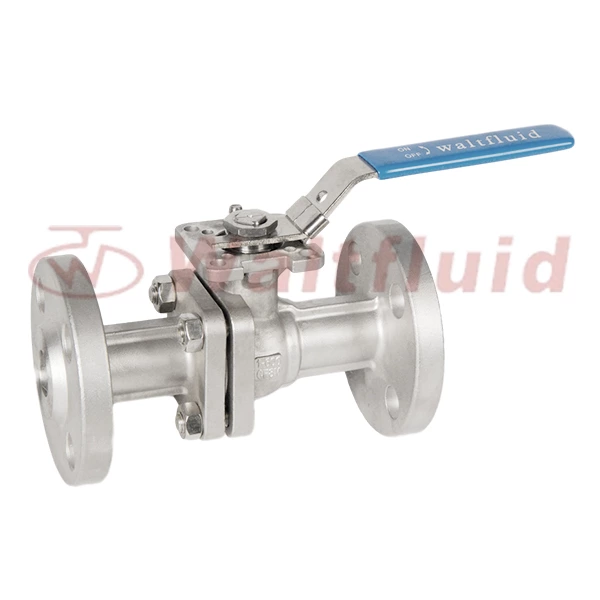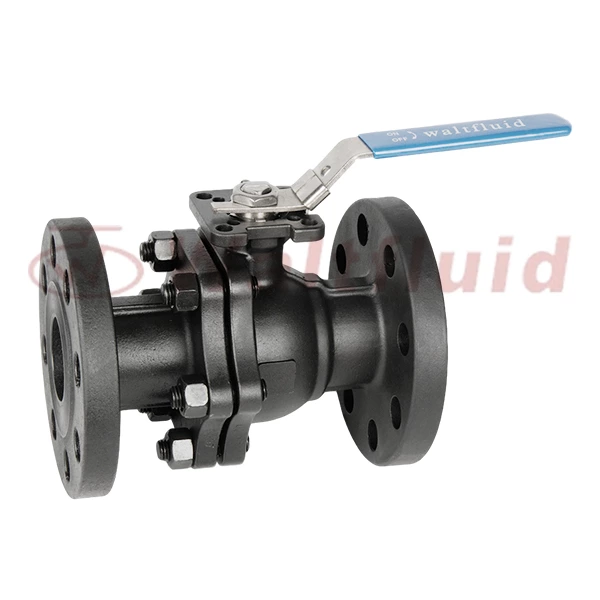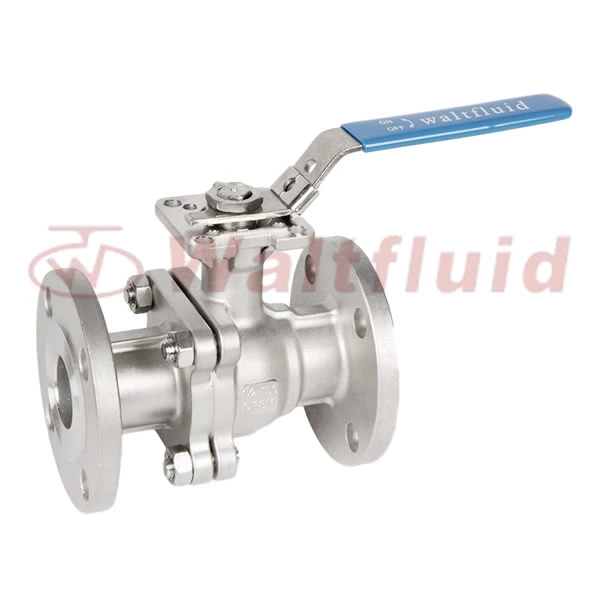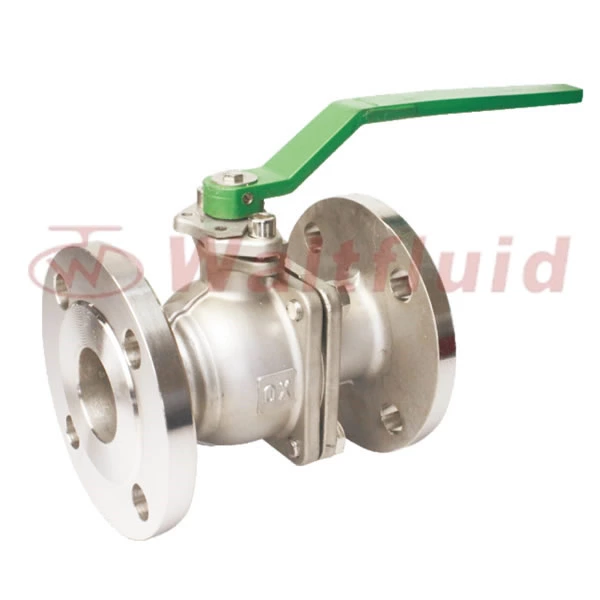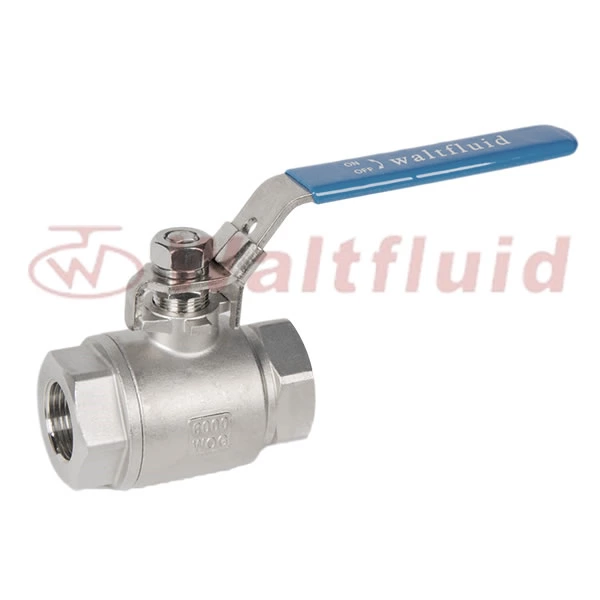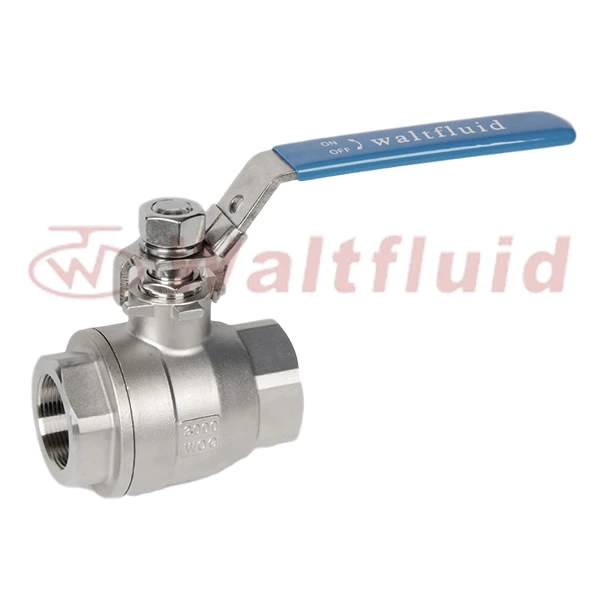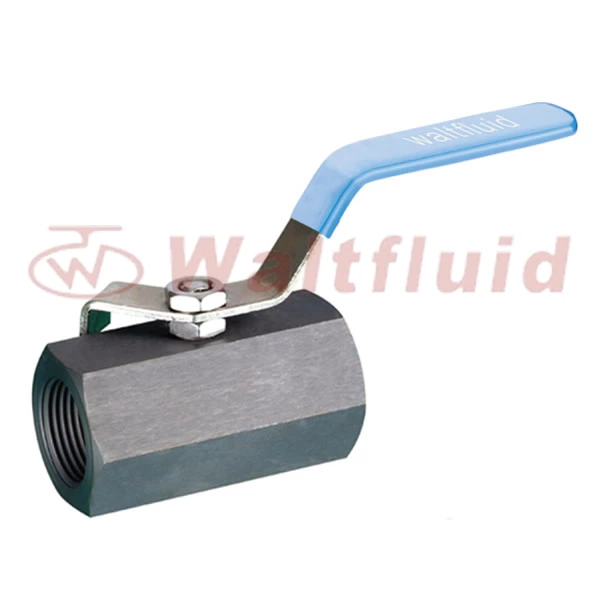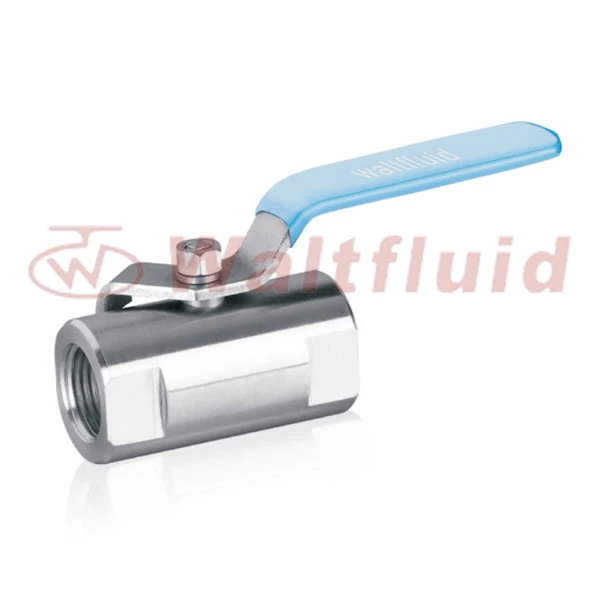Differences And Main Classifications Between Cast Steel Ball Valves And Forged Steel Ball Valves
2 Piece Ball Valve cast steel ball valve is mainly a forging process of steel, with different processing forms:
Steel used for casting castings. A type of casting alloy. Cast steel is divided into three categories: cast carbon steel, cast low-alloy steel, and cast special steel. Cast steel refers to a type of steel casting produced using casting methods. Cast steel is mainly used to manufacture parts with complex shapes, difficult forging or cutting forming, and high requirements for strength and plasticity
Forged steel ball valve: Forged steel ball valve refers to various forged materials and forgings produced by forging methods. The quality of forged steel ball valves is higher than that of cast steel ball valves, and they can withstand large impact forces. Their plasticity, toughness, and other mechanical properties are also higher than those of cast steel. Therefore, forged steel ball valves should be used for all important machine parts
Casting is a liquid forming process, while forging is a plastic deformation process. Forged workpieces can improve the internal structure of the organization, have good mechanical properties, and uniform grain size. Important and difficult workpieces must be forged. Casting can cause tissue segregation and defects. Of course, casting has its advantages. Forging complex shaped workpieces is not easy to open molds, so casting is adopted.
The main categories of cast steel ball valves are:
1、 According to the structural form
1. Floating ball valve
The ball of a ball valve is floating, and under the pressure of the medium, the ball can produce a certain displacement and press tightly against the sealing surface at the outlet end, ensuring the sealing of the outlet end.
The structure of a floating ball valve is simple and has good sealing performance, but the ball bears all the load of the working medium and is transmitted to the outlet sealing ring. Therefore, it is necessary to consider whether the sealing ring material can withstand the working load of the ball medium. This structure is widely used for medium and low pressure ball valves.
2. Fixed ball valve
The ball of a ball valve is fixed and does not move under pressure. Fixed ball valves are equipped with floating seats, which move when subjected to medium pressure, causing the sealing ring to press tightly against the ball to ensure sealing. Usually, bearings are installed on the upper and lower shafts of the sphere, with a small operating torque, suitable for high-pressure and large-diameter valves.
In order to reduce the operating torque of ball valves and increase the reliability of sealing, oil sealed ball valves have emerged in recent years. They inject special lubricating oil between the sealing surfaces to form an oil film, which enhances sealing performance and reduces operating torque, making them more suitable for high-pressure and large-diameter ball valves.
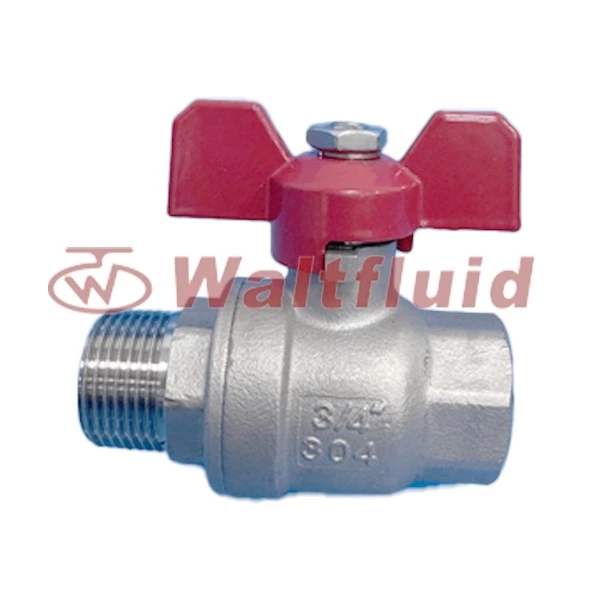
 English
English 中文
中文 Pусский
Pусский  Español
Español
